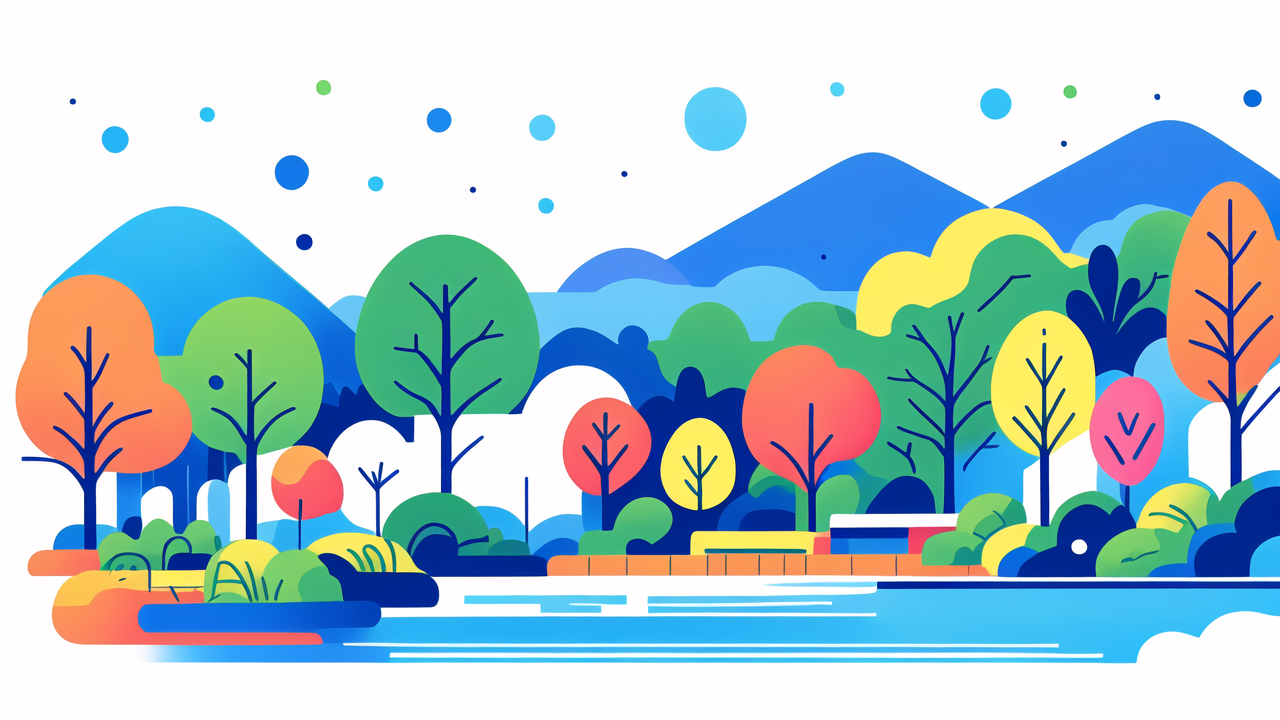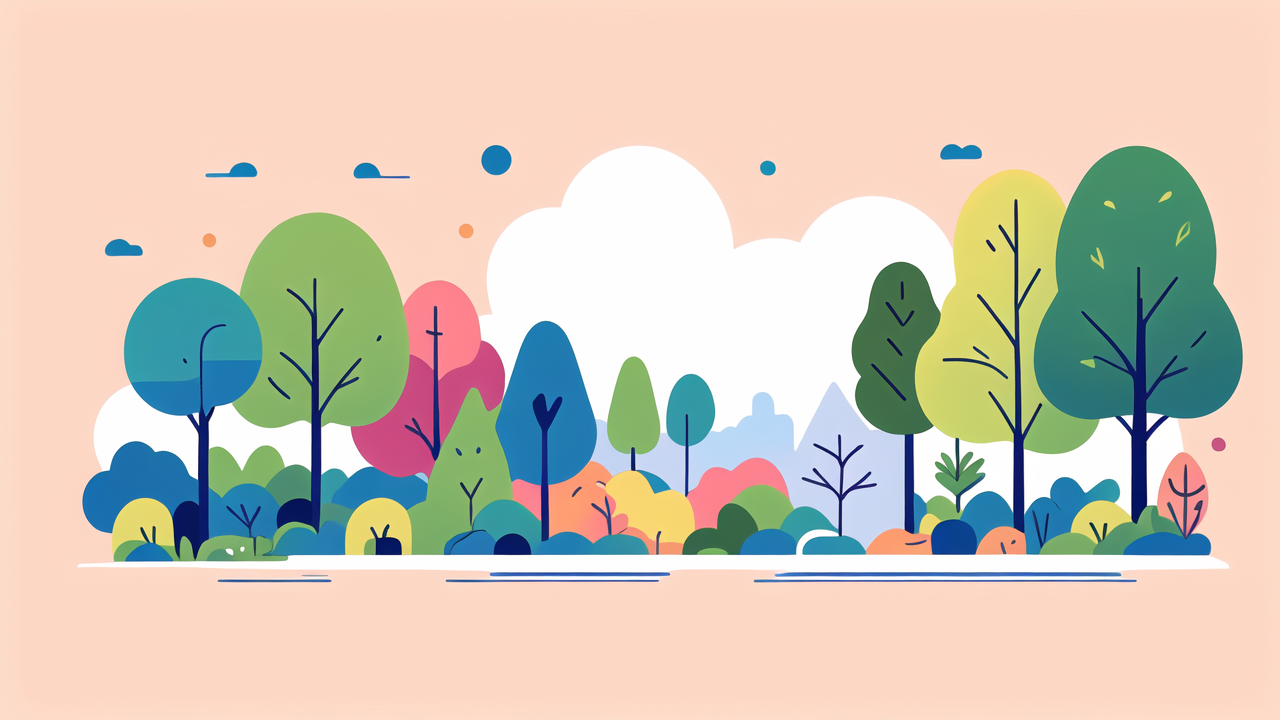Introduction to Sustainable Fencing Solutions in Urban Areas
The Importance of Eco-Friendly Fencing in Cityscapes
Eco-friendly fencing is vital for modern urban design. It helps create greener, more sustainable cities. Traditional fences often use harmful materials. They can be eyesores in urban areas. Eco-friendly options offer a better solution.

Tree fences are a great example of sustainable fencing. They use living trees to form natural barriers. This approach brings many benefits to cities:
- Cleaner air
- Natural cooling
- More wildlife
- Less noise
- Better water control
These fences help cities meet green goals. They can lower carbon footprints and save energy. Tree fences blend with nature, making cities more attractive. They create harmony between urban and natural spaces.
By choosing eco-friendly fencing, cities invest in their future. They create healthier places for people to live. This approach shows that urban growth can work with nature, not against it.
How Tree Fences and Sign Posts Contribute to Sustainability
Tree fences and eco-friendly sign posts offer unique benefits for urban sustainability. They go beyond what traditional fencing can do. Here's how they help create greener cities:
- Clean Air: Tree fences absorb CO2 and produce oxygen.
- Energy Saving: They provide shade, reducing the need for air conditioning.
- Wildlife Homes: Tree fences create spaces for birds and small animals.
- Water Management: They help absorb rain and prevent soil loss.
- Long-Term Benefits: Unlike static fences, tree fences grow and improve over time.
Eco-friendly sign posts also play a role:
- They can be made from recycled materials.
- They take up less space, leaving more room for green areas.
- When designed well, they can look natural in their surroundings.
Together, these elements create a more sustainable urban environment. They show how cities can use nature to solve urban problems. This leads to healthier, stronger urban spaces that people enjoy living in.
Evaluating the Environmental Impact of Tree Fences and Sign Posts
Assessing the Materials and Manufacturing Processes
When we look at tree fences and sign posts, we need to think about their full impact. This includes what they're made of and how they're made. Let's break it down:

Tree Fences:
- Main part: Living trees (very low impact)
- Support structures: Often use recycled metal or sustainable wood
- Planting: Causes little disturbance to the environment
Eco-Friendly Sign Posts:
- Materials: Can be recycled plastic, metal, or sustainable wood
- Making: Often uses less energy than traditional signs
- Installing: Causes little ground disturbance
The big plus for tree fences is that they use living materials. Trees grow naturally with little human help. This means less manufacturing and lower impact on the environment. For sign posts, using recycled or sustainable materials greatly reduces their carbon footprint.
We also need to think about how long they last. Tree fences can last for decades with good care. Durable sign posts made from recycled materials also last a long time. This means they don't need to be replaced often, which reduces waste.
By choosing these options, cities can greatly lower the environmental impact of their fencing and signs.
Analyzing the Lifecycle of Sustainable Fencing Structures
Understanding how tree fences and eco-friendly sign posts work over time is important. It helps us see how sustainable they really are. Let's look at each stage of their life:
- Setting Up:
- Tree fences need careful planting and some initial support.
- Sign posts need minimal ground digging.
- Growing and Changing:
- Tree fences get stronger and more effective as they grow.
- Sign posts stay the same but can be easily updated.
- Taking Care:
- Tree fences need regular trimming and care.
- Sign posts might need cleaning or new paint sometimes.
- Helping the Environment:
- Tree fences keep providing benefits to nature.
- Eco-friendly sign posts have little ongoing impact.
- End of Life:
- Tree fences can be replanted or left to naturally break down.
- Recyclable sign posts can be made into new things.
This lifecycle shows the long-term benefits of these structures. Tree fences get better with age, helping the environment more. Sign posts, when made right, can be part of a cycle of reuse.
Both options are much better for the environment than regular fences over their whole life. This makes them great choices for cities that want to be more sustainable.
Implementing Tree Fences and Sign Posts in Urban Planning
Integrating with Landscaping and Greening Initiatives
Tree fences and eco-friendly sign posts fit well with city greening efforts. They can be key parts of bigger plans to make cities more sustainable. Here's how they work with other green projects:

- Green Pathways: Tree fences can connect green spaces across cities.
- Urban Forests: They help increase the number of trees in a city.
- Water Management: Tree fences help soak up and filter rainwater.
- Wildlife Support: They create homes and food for city animals.
- Climate Change Prep: These structures help cities get ready for climate changes.
When combined with other green elements, the benefits get even bigger:
- Rain gardens can work with tree fences to manage water better.
- Butterfly paths can use tree fences to create continuous habitats.
- Community gardens can use tree fences as natural borders.
Eco-friendly sign posts can teach people about these projects. They can share info about local plants and animals. This helps people understand and support green projects in their city.
By using these elements together, cities create connected, multi-use green spaces. This approach makes urban areas stronger, prettier, and more sustainable.
Case Studies: Successful Urban Design Projects with Tree Fences
Real examples show how well tree fences can work in city design. Let's look at some successful projects:
- Berlin's Green Belt:
- Used tree fences to create a ring around the city
- Lowered city temperature by 3°C in summer
- Increased urban wildlife by 35%
- San Francisco's Living Alleys:
- Put tree fences in narrow city streets
- Reduced stormwater runoff by 60%
- Increased foot traffic to local businesses by 25%
- Singapore's Park Connector Network:
- Used tree fences to link parks across the city
- Created 300 km of green corridors
- Improved air quality by 15% along routes
- Toronto's Green Parking Lots:
- Surrounded parking areas with tree fences
- Cut heat island effect by 7°C in these areas
- Improved water quality in nearby streams
These examples show how versatile tree fences can be. They prove that this approach can:
- Solve multiple city problems at once
- Provide clear environmental benefits
- Make life better for people in cities
The success of these projects shows that tree fences really work for sustainable city design. They offer a natural, flexible way to tackle modern city planning challenges.
In conclusion, tree fences and eco-friendly sign posts are powerful tools for creating sustainable cities. They offer big environmental benefits, work well with other green projects, and have proven successful in cities around the world. As cities keep growing and facing new challenges, these innovative solutions will be key in building more livable, resilient, and sustainable urban spaces for the future.
